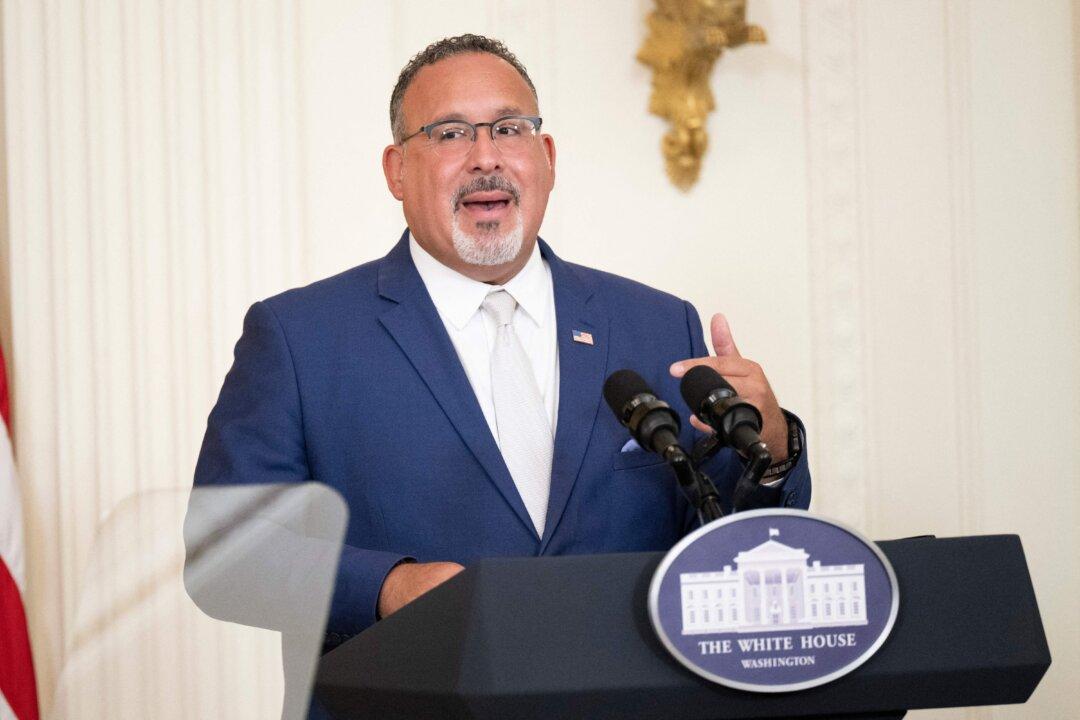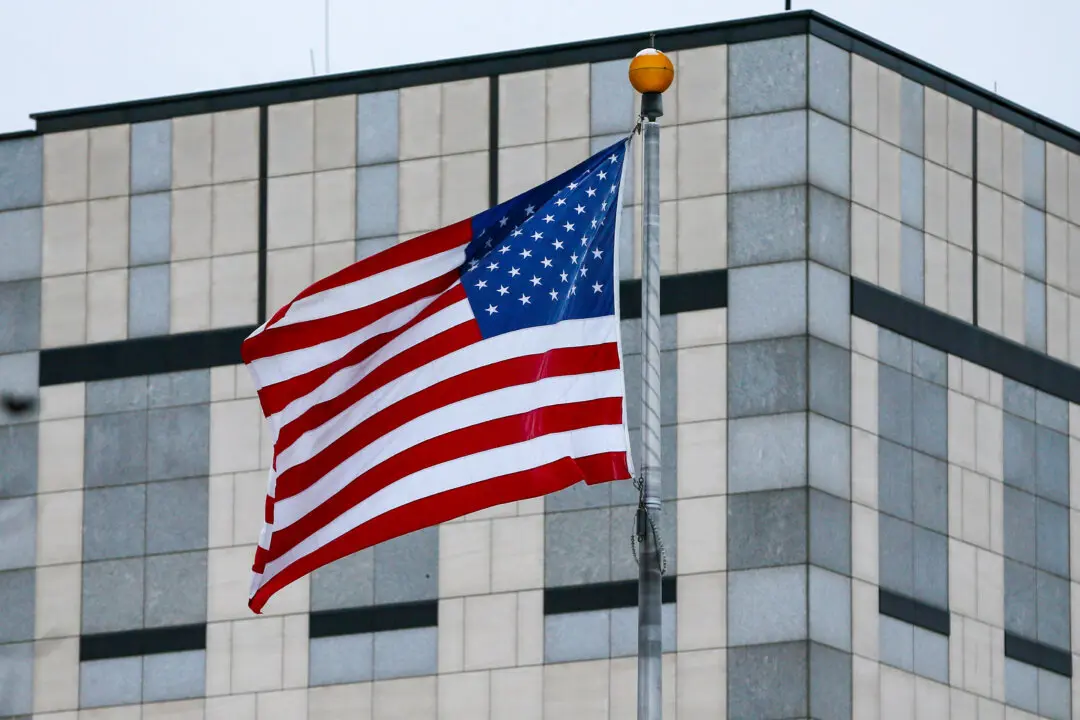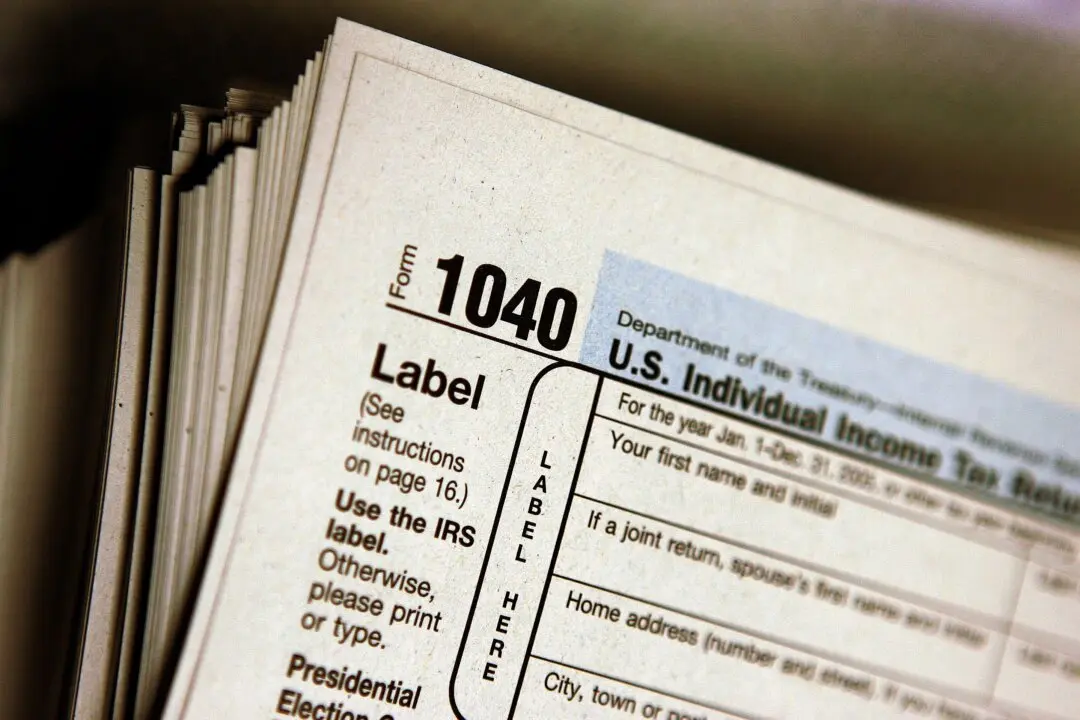The Biden administration appeared to make major changes to its new student loan relief plan after the initial plan was struck down by the U.S. Supreme Court earlier this year.
On Monday, the Department of Education (DOE) released a draft text that showed that the narrower plan would allow student debt forgiveness to apply only to specific groups of students rather than being a blanket rule that would cancel debt for some 45 million borrowers under the original plan.





